Are you feeling self-conscious about your thinning or patchy facial hair? You’re not alone. Many men struggle with the same issue, and it can greatly affect their confidence and self-esteem. But luckily, there is a solution: facial hair transplants.
Facial hair transplants involve extracting healthy hair follicles from a donor area on your body and implanting them into the areas of your face that are lacking in hair. This procedure is similar to traditional hair transplants but specifically targets the beard and mustache area.
What is Alopecia Barbae?
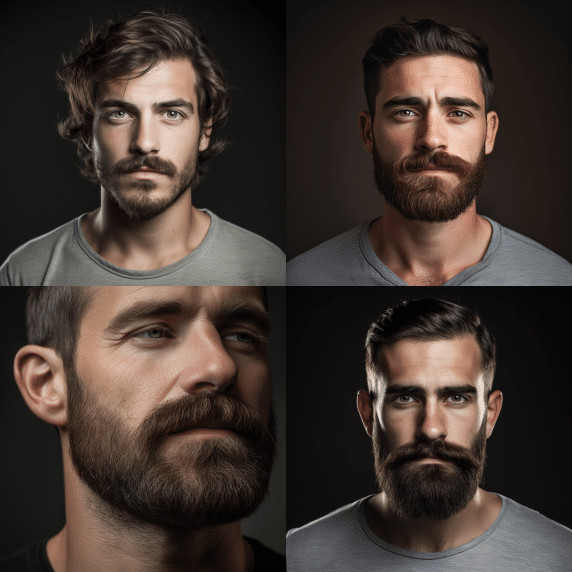
Alopecia barbae is a type of alopecia, or hair loss, that specifically affects the beard area. It is an autoimmune disorder in which the body’s immune system attacks and destroys hair follicles. This results in sudden and patchy hair loss on the face, particularly in the beard area. The condition can occur at any age, but it is more commonly seen in young adults.
The exact cause of alopecia barbae is not fully understood, but it is believed to be linked to genetics and an abnormal response of the immune system. The condition may also be triggered by stress or other environmental factors.
Symptoms of alopecia barbae include round patches of hair loss on the beard area, with smooth and bare skin underneath. In some cases, the hair may grow back on its own without treatment, but it can also lead to chronic and permanent hair loss.
Top Reason Your Beard Displays Visible Patchiness
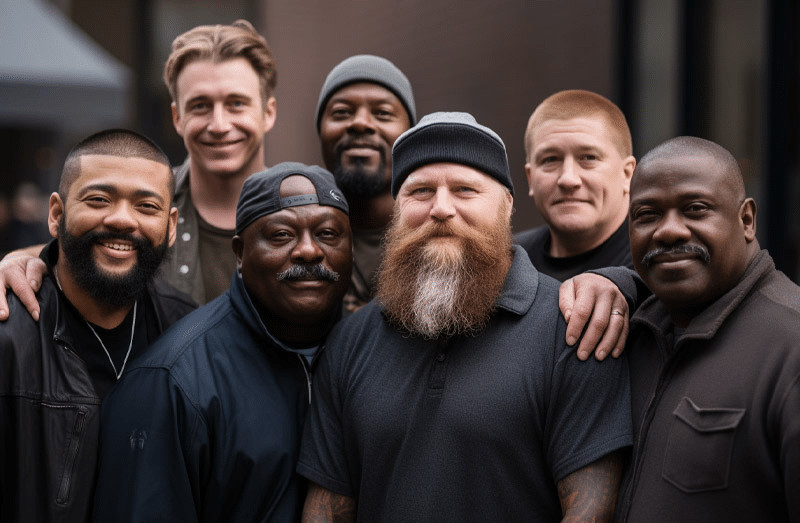
Genetics and Family History
Not everyone has a strong genetic inclination to grow full facial hair. One of the top reasons for patchy or thicker beard growth is genetics. Just like with hair loss on the scalp, genetics play a significant role in facial hair growth and thickness. Some men may be genetically predisposed to have sparse or uneven facial hair growth.
Hormonal Imbalances
Another factor that can contribute to patchy facial hair is hormonal imbalances. Testosterone plays a crucial role in promoting full beard hair growth, but an imbalance in other hormones such as DHT (dihydrotestosterone) can lead to thinning or lack of hair growth in certain areas.
Skin Conditions
In addition, any skin condition that affects the face can also cause patchy facial hair. Skin conditions such as alopecia barbae, eczema, or psoriasis can affect the hair follicles and result in hair loss.
Poor Diet
Poor diet and nutrient deficiencies can also impact facial hair growth. A lack of essential vitamins and minerals, particularly biotin, zinc, and iron, can lead to weak or sparse facial hair.
Stress Levels
Stress is another factor that can contribute to patchy beard growth. Studies have shown that chronic stress can disrupt hormone levels and negatively impact hair and beard growth.
Too Much Attention
Over-grooming or improper grooming techniques can result in a patchy beard. Pulling or plucking hairs from the face can cause damage to the hair follicles, leading to temporary or permanent hair loss. It’s important to use proper techniques when trimming or shaping your beard to avoid damaging the hair follicles.
A Solution for Patchy Facial Hair
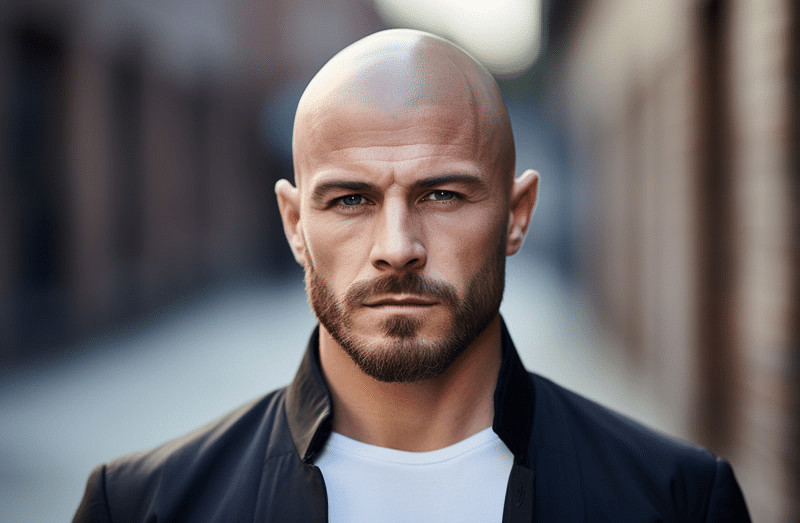
If you are struggling with patchy facial hair, a facial hair transplant may be the perfect solution for you. This procedure involves extracting healthy hair follicles and implanting them into the areas of your face that have thin or no hair.
Before undergoing a facial hair transplant, it’s important to consult with an experienced and reputable surgeon who can assess your individual needs and determine which technique is best for you. Options include Follicular Unit Extraction (FUE) or Follicular Unit Transplantation (FUT).
During the procedure, donor hairs are typically taken from the back of the head, but in some cases, chest hair may be used as well. The transplanted hairs will then grow like normal facial hair, providing natural-looking results.
While there are many reasons for patchy facial hair, a facial hair transplant offers a long-term solution that can greatly improve your confidence and self-esteem. Consult with a hair replacement specialist in Los Angeles to learn more about this procedure and see if it is the right choice for you.
Types of Facial Hair Transplants
There are two main types of facial hair transplants: Follicular Unit Extraction (FUE) and Follicular Unit Transplantation (FUT). Both techniques involve extracting healthy hair follicles from a donor area on the body and implanting them into the beard or mustache area.
Follicular Unit Extraction is a minimally invasive procedure that involves extracting individual hair follicles using a small punch tool. This technique allows for more precise placement of hairs and results in minimal scarring. It is generally recommended for patients with smaller areas of facial hair loss.
On the other hand, Follicular Unit Transplantation involves removing a thin strip of skin from the donor area, typically at the back of the head, and then dissecting it into individual hair follicles for transplantation. This technique allows for a larger number of grafts to be implanted at once, making it suitable for patients with more significant facial hair loss.
Which Facial Hair Transplant Method is Best for Me?
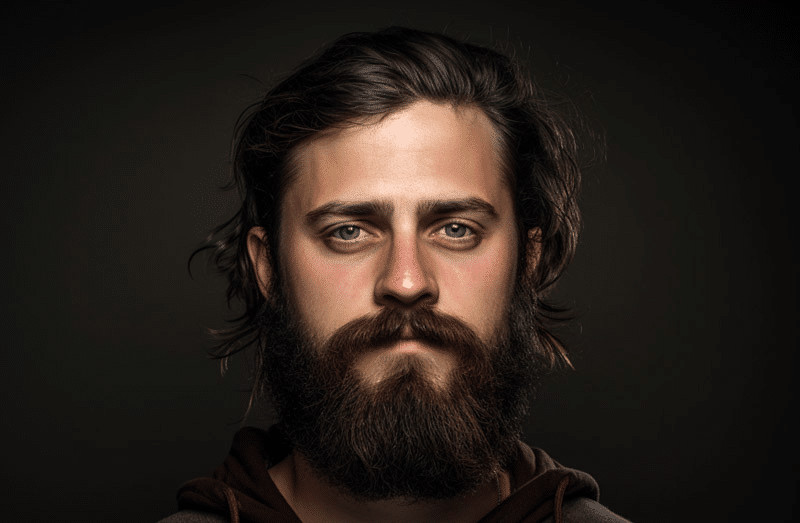
Determining which facial hair transplant method is best for you depends on various factors such as the extent of your hair loss, the density of your donor hair, and your desired outcome. It’s important to consult with a skilled surgeon who can assess your individual situation and recommend the most suitable technique.
In general, FUE is ideal for patients with smaller areas of hair loss or those who want precise placement of hairs. It also results in minimal scarring compared to FUT. FUT, on the other hand, allows for a larger number of grafts to be implanted at once, making it more suitable for patients with significant hair loss.
It’s also essential to consider the cost and recovery time associated with each method. FUE typically has a longer recovery time and can be more expensive due to the precision and time-intensive nature of the procedure.
How Can a Beard Transplant Restore My Beard?
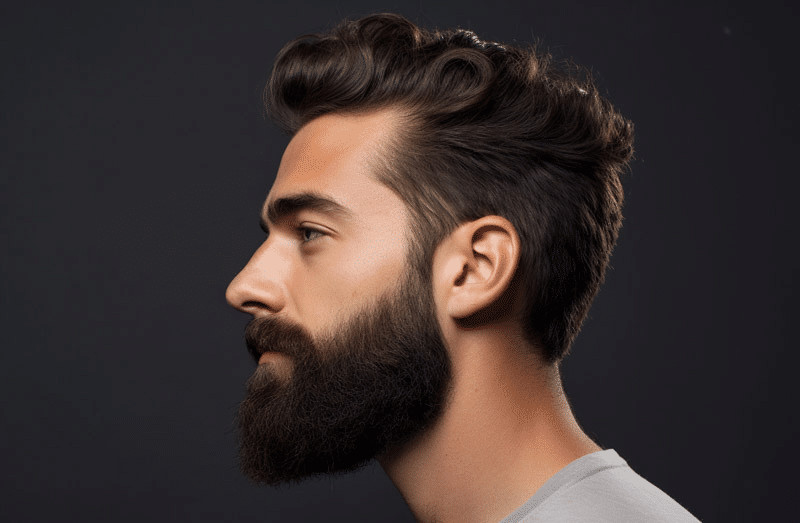
A beard transplant is a cosmetic procedure that involves extracting healthy hair follicles from one area of the body and implanting them into the facial hair area to restore or enhance healthy beard growth there. This procedure can be used for patients who have patchy or thin facial hair, as well as those who are unable to grow a full beard due to genetic factors.
During a beard transplant, the surgeon will first identify a donor site on the patient’s body, typically at the back of the head or chest. The healthy hair follicles will then be extracted using either FUE or FUT technique. The surgeon will then implant these follicles into the desired areas on the face, taking care to create natural-looking results.
Transplanted hairs promote growth
The transplanted hairs will continue to grow like normal facial hair, requiring regular grooming and maintenance. Patients can expect to see full beard growth within 6-12 months after the transplant procedure.
Aside from restoring or enhancing healthy beard growth, a beard transplant can also help conceal scars or other imperfections on the face. It can also help improve self-confidence and self-esteem for those who are unhappy with their sparse or patchy beards.
The success of a beard transplant greatly depends on the beard oil skill and experience of the surgeon performing the procedure. Therefore, it’s crucial to choose a reputable and experienced surgeon in Los Angeles who specializes in facial hair transplants.
Will Patchy Beard Growth Get Thicker?
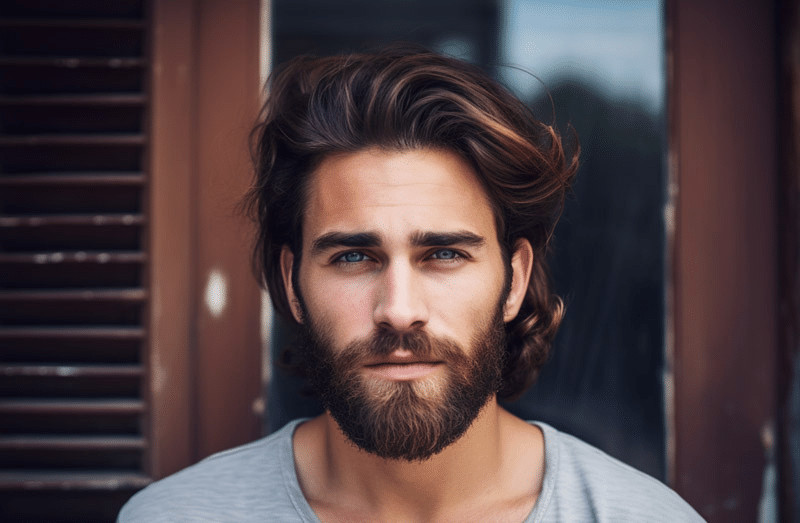
Patchy beard growth is a common concern for many men, and it can be caused by various factors such as genetics, hormonal imbalances, or even skin conditions. While some men may experience improved beard growth over time, others may struggle with patchiness throughout their lives.
A facial hair transplant can provide a long-term solution for patchy beard growth by implanting healthy hair follicles into the desired areas. These transplanted hairs will continue to grow like normal facial hair and can help achieve a fuller and thicker and fix a patchy beard has.
Aside from a transplant, there are other ways to promote beard growth and potentially improve beard growth in patchy areas. Maintaining a healthy diet rich in vitamins and minerals can promote hair growth. Additionally, using topical treatments containing minoxidil or taking supplements like biotin may also help improve beard growth.
It’s important to note that while these methods may show some improvement, they are not guaranteed to fully resolve patchy beard growth. Consulting with a hair replacement specialist in Los Angeles can help determine the best course of action for your individual situation.
How to grow facial hair faster
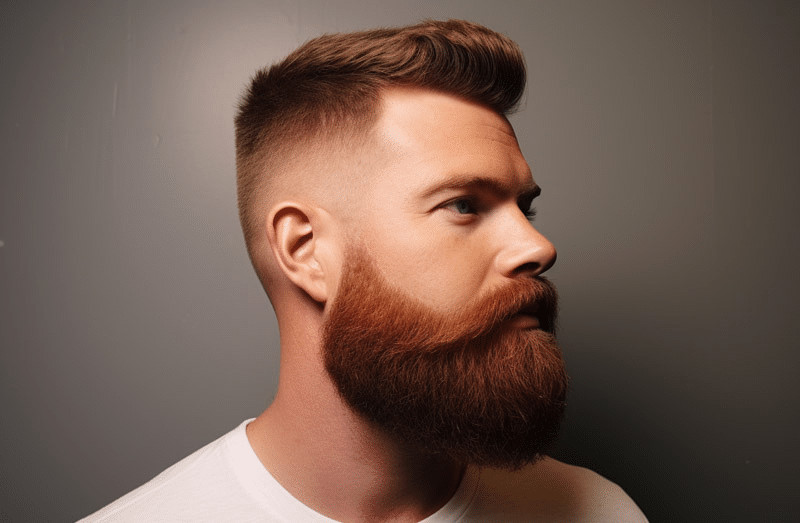
Facial hair growth can vary greatly from person to person, with genetics playing a significant role. While there is no guaranteed way to make your facial hair grow faster, there are some things you can do that may potentially help stimulate growth.
Diet: Eating a balanced and nutritious diet can provide the essential vitamins and minerals necessary for healthy hair growth. Foods high in protein, such as eggs, fish, and lean meats, have been linked to improved beard growth.
Exercise: Regular exercise improves blood circulation, which delivers essential nutrients and oxygen to hair follicles, potentially promoting growth.
Stay hydrated: Drinking enough water is crucial for overall body function and can aid in keeping your skin and hair healthy.
Get enough sleep: Lack of sleep can cause hormonal imbalances, which may affect hair growth. Aim for 7-9 hours of quality sleep each night.
Consider supplements: Some supplements, such as biotin or collagen, have been linked to improved hair and beard growth. Consult with a healthcare professional before adding any new supplements to your routine.
Keep in mind that facial hair growth takes time, and results may vary based on individual factors. If you’re looking for more immediate results, a beard transplant may be a suitable option to consider.
How do you trim a patchy beard?

Trimming a patchy beard can be a bit tricky, as you want to maintain the natural shape of your facial hair while also disguising any areas of sparse growth. Here are some tips for trimming a patchy beard:
Start with clean, dry hair: It’s best to trim your beard when it is clean and dry, as wet hair can appear longer and may result in uneven trimming.
Use the right tools: Invest in quality grooming tools such as scissors or an electric razor specifically designed for facial hair.
Keep it short: Trimming your beard on the shorter side can help minimize the appearance of patchiness.
Blend using different guard lengths: If you’re using an electric razor, try blending different guard lengths to create a more even appearance.
Consider using beard filler: There are products available, such as beard fillers or temporary hair color sprays, that can help add the appearance of thickness to patchy areas.
Remember, patience is key when dealing with a patchy beard. With proper grooming and potential treatments like a facial hair transplant, you can achieve your desired facial hair look over time.
How Much Facial Hair Loss is Typical?

Facial hair loss is a common concern for men, especially as they age. It’s normal to lose some facial hair over time, but the amount of hair loss can vary greatly from person to person. Some men may experience minor thinning or patchiness, while others may experience more significant hair loss.
The average man has about 30,000 facial hairs on their face at any given time. It’s estimated that an individual can lose up to 100 hairs per day, which is considered beard oils normal beard brush shedding. However, if you notice excessive shedding or sudden patches of baldness on your face, it may be a sign of an underlying condition and should be addressed by a medical professional.
Factors such as genetics, nutrition, and overall health can play a role in facial hair loss. If you’re concerned about your facial hair growth or loss, it’s best to consult with a specialist in Los Angeles who can provide personalized recommendations and treatments based on your specific needs. With proper care and potential treatments, you can maintain healthy facial hair that makes you feel confident and proud.
Contact Best Hair Transplant to Fix Your Patchy Beard & Mustache
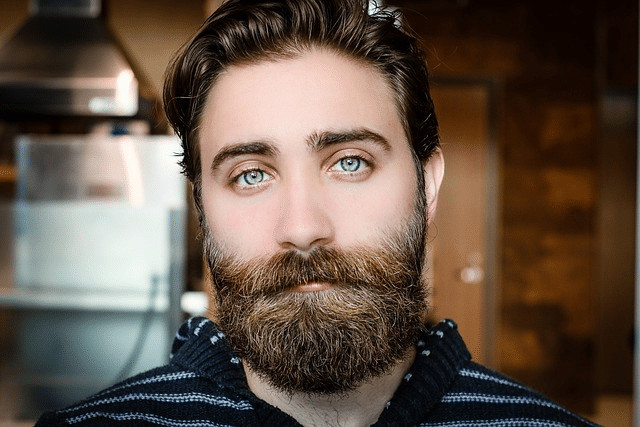
If you’re considering a facial hair transplant or are looking for solutions to fix your patchy beard or growth, contact Dr. John Doe at Doe Hair Restoration in Los Angeles. With years of experience and expertise in hair replacement, he can provide personalized recommendations and treatments to help you achieve your desired facial hair look.
Contact us today to schedule a consultation! So why wait? Reach out to us now for more information and take the first step towards achieving the patchy beard styles of your dreams. We hope this article has provided valuable insights into promote healthy beard growth and ways to potentially improve it. Remember, everyone’s journey is unique, so what works for one person may not work for another.
Patchy Beard and Mustache FAQs
What is patchy facial hair?
Patchy facial hair refers to areas of sparse or thin hair growth on the face, resulting in an uneven and incomplete or beard style. It can be caused by various factors such as genetics, hormonal imbalances, or skin conditions.
Does patchy facial hair mean low testosterone?
Not necessarily. While testosterone plays a role in facial hair growth, other factors such as genetics and overall health also contribute to the thickness and density of facial hair. If you’re concerned about your testosterone levels, it’s best to consult with a healthcare professional for proper testing and evaluation.
At what age does beard grow fully?
Beard growth can vary from person to person, with genetics and other factors playing a significant role. On average, full beard growth is typically achieved by the late 20s or early 30s. However, some men may continue to experience changes in their facial hair throughout their lifetime. If you’re concerned about your beard growth, consulting with a specialist can help determine the best course of action for your individual needs.

